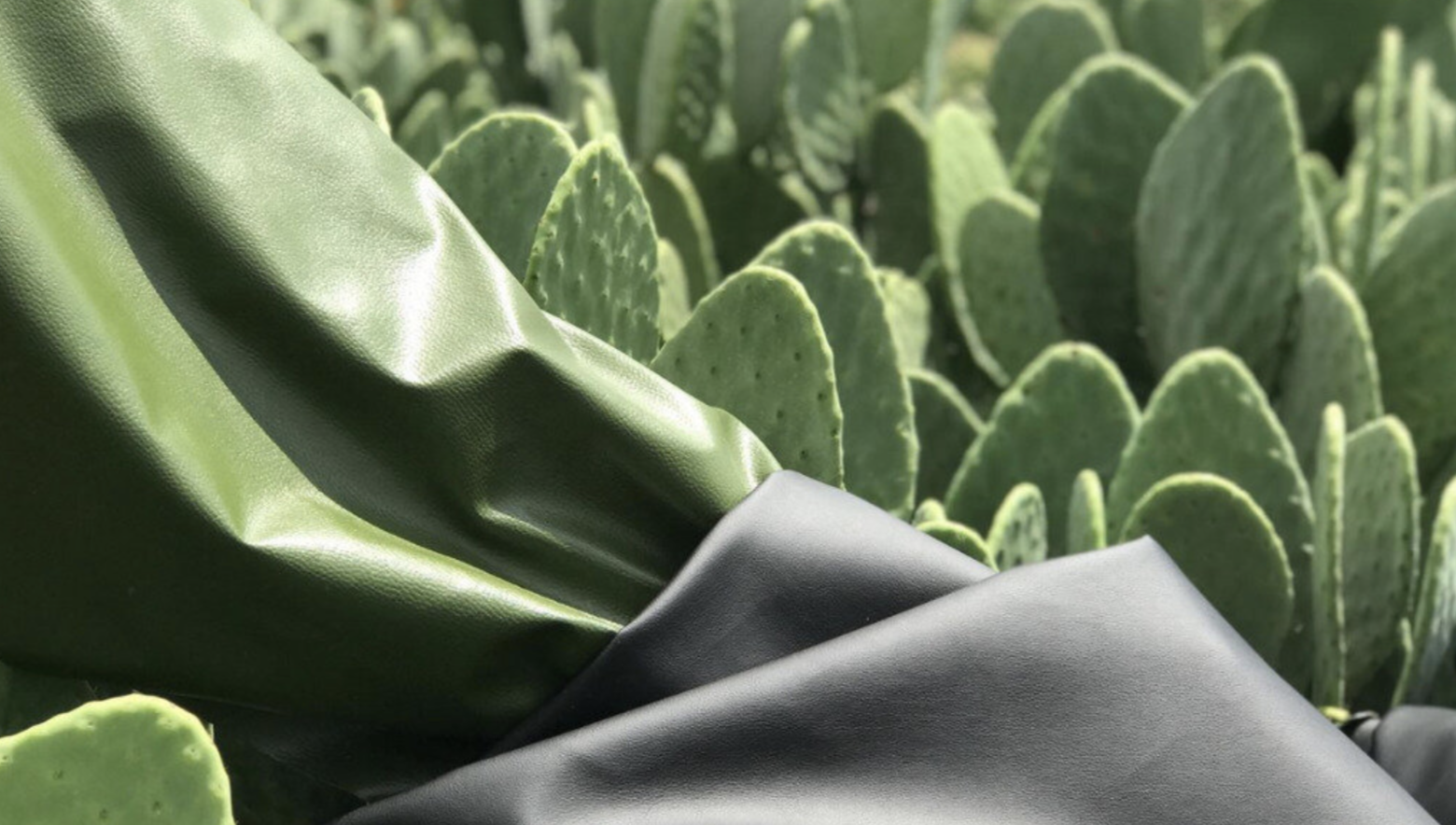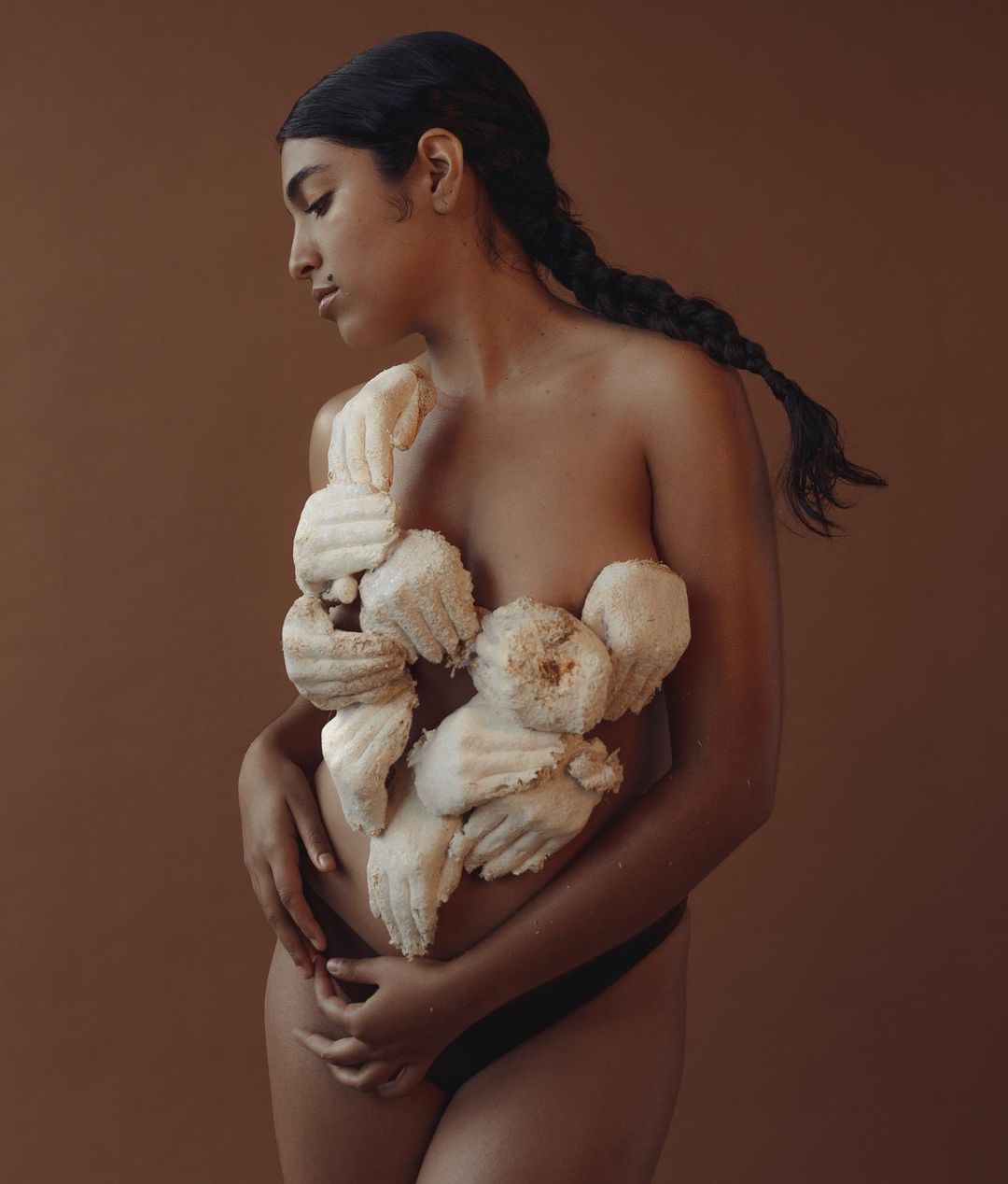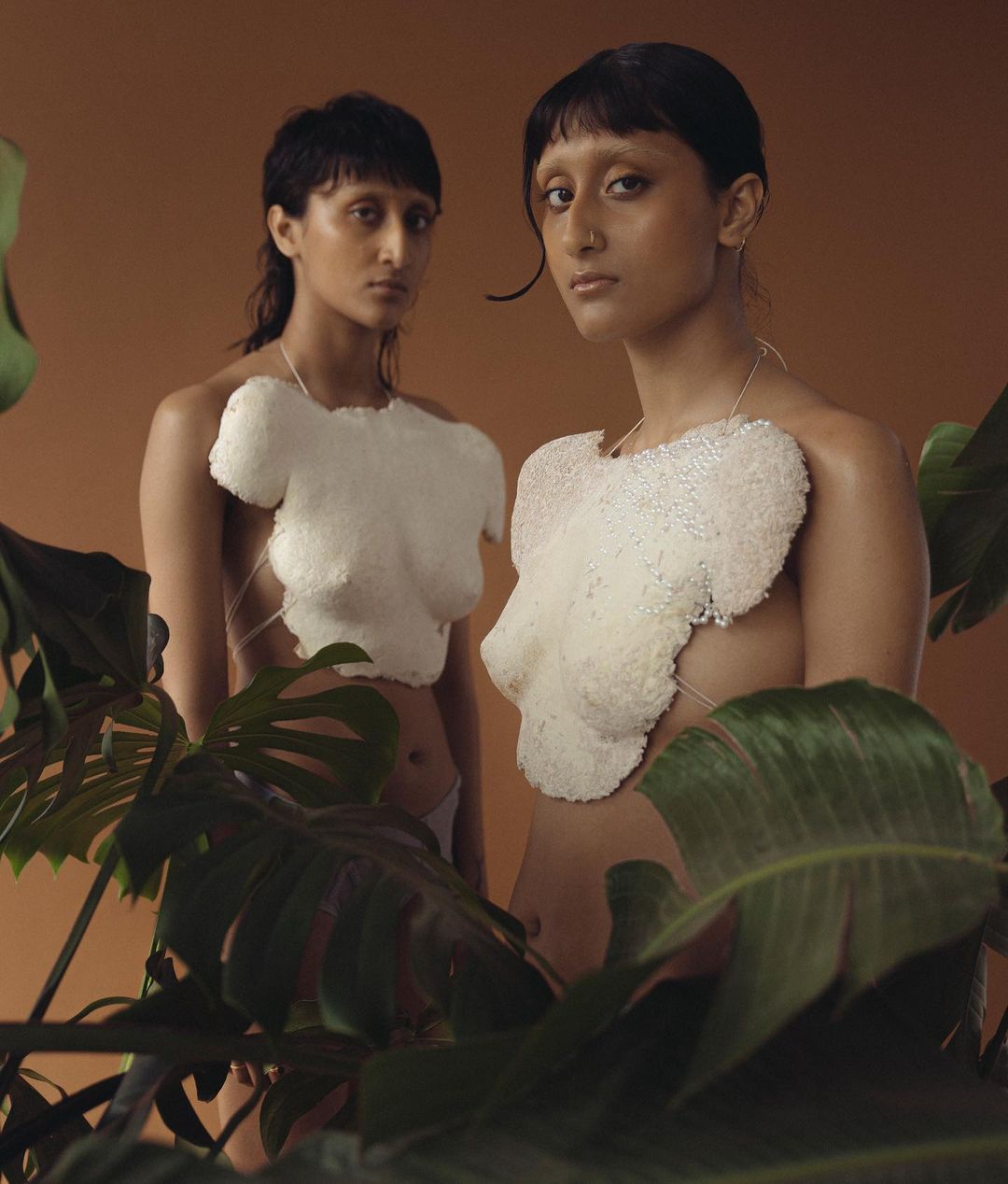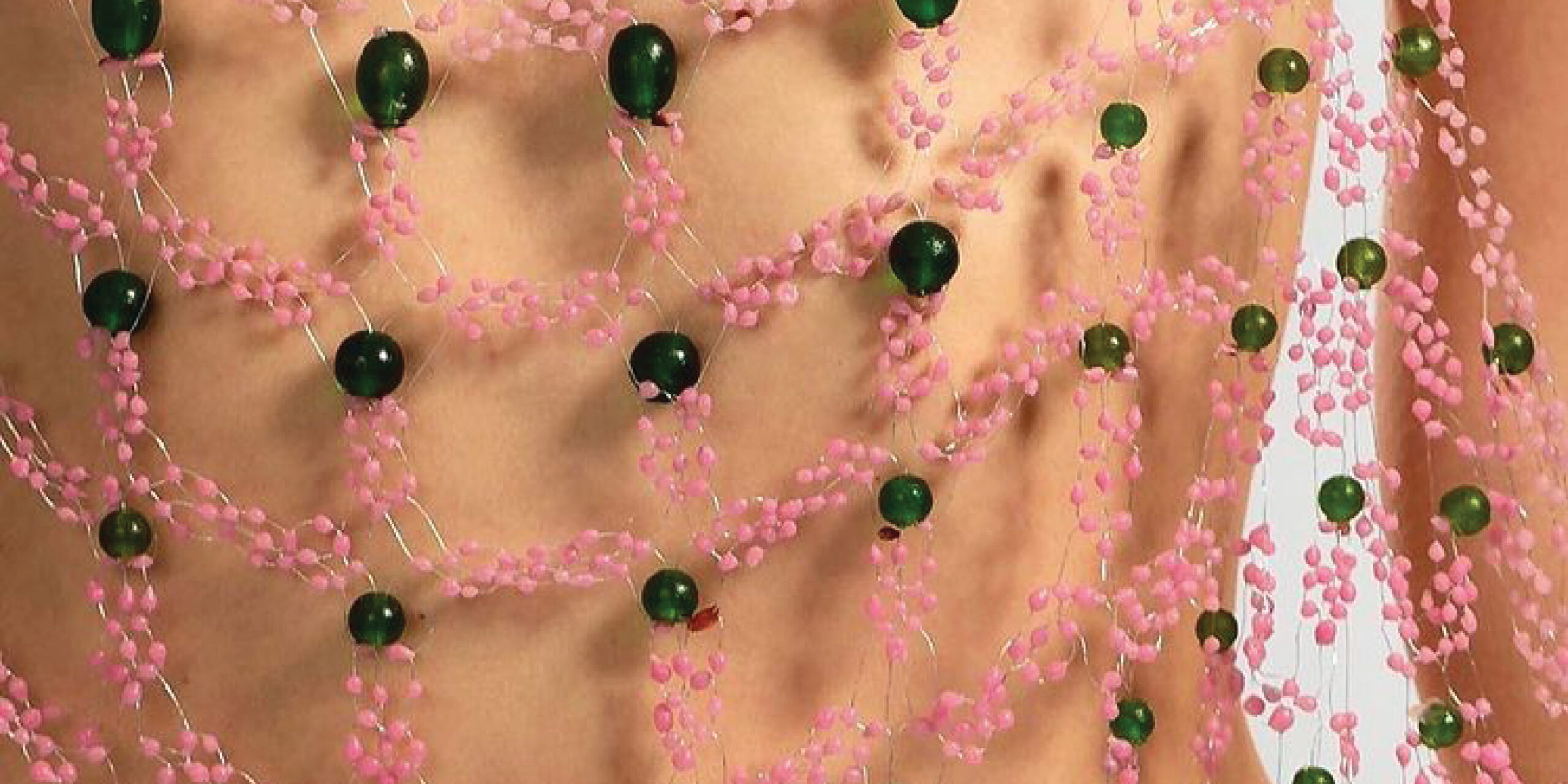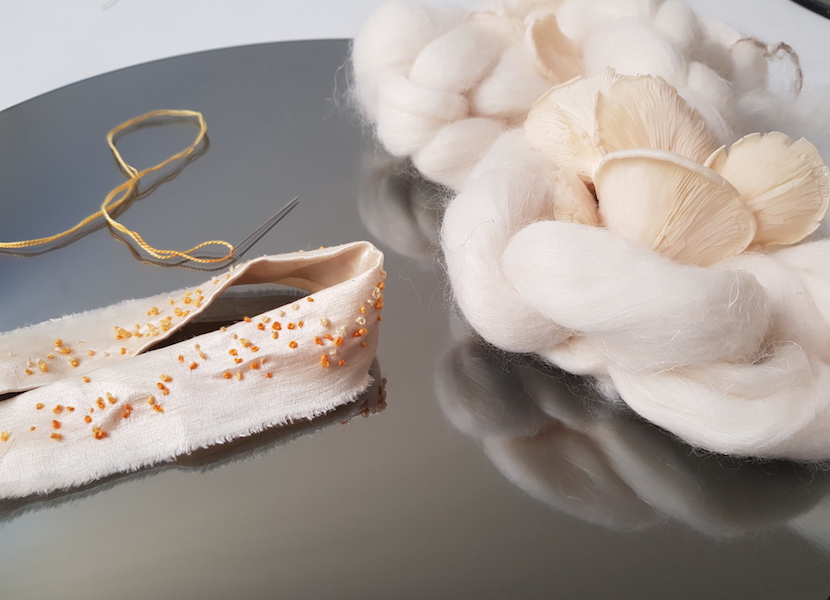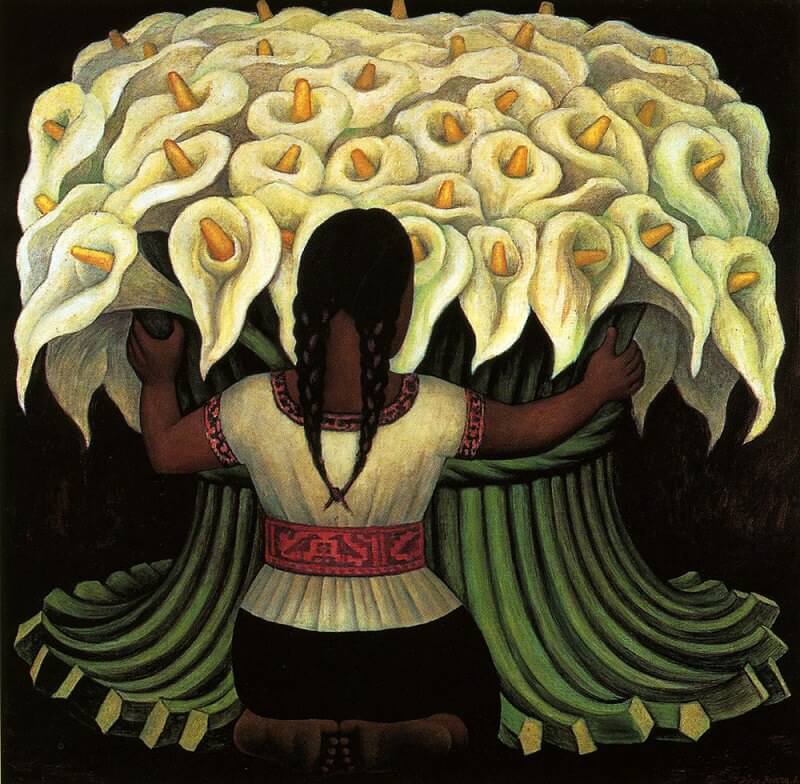The great eras in human history are described by their material like the Stone Age and the Bronze Age. We are in the early days of the Biomaterials Age , where advancements in biotechnology and materials science are revolutionising the way we create and utilise materials. This era is characterised by the development of sustainable and bio-based materials that offer enhanced properties and reduced environmental impact. With ongoing research and innovation, the Biomaterials Age holds immense potential to address pressing global challenges and shape a more sustainable future for humanity.
The 1.5 trillion-dollar global apparel sector shows no signs of slowing down. With most luxury companies releasing at least four collections per year, excluding any further initiatives or partnerships, there is a steady flow of newness hitting the market. The industry has evolved into a site of perpetual consumption, with consumers wearing clothing an average of seven times before discarding them.
The fashion industry may seem like a vast and abundant world, but Aradhita Parasrampuria, a sustainable materials researcher and textile designer from India, currently based in New York, aspires to merge the art of design and biodesign to create heartfelt yet futuristic textiles. By combining microbiology with fashion, she aims to produce sustainable and unique textiles that are both eco-friendly and aesthetically pleasing.
Zameen collection by Aradhita Parasrampuri
Growing up, she was always fascinated by fashion’s transformational power—how it moulded identities and made individuals feel special. As she grew more familiar with the processes behind fashion production and luxury consumerism, she realized that there was a disconnect between the beauty and elegance of the final products and the social and environmental costs associated with their creation.
This realisation was later affirmed by her job experience at a textile mill, where she observed firsthand the negative impacts of toxic chemicals on workers, influencing her decision to become a sustainable materials researcher and designer. “Seeing workers suffer from health problems because of long-term exposure to toxic chemicals found in synthetic dyes was a wake-up call for me. It highlighted the urgent need for reconsidering the conventional exploitative take-make-dispose manufacturing process”, says the designer.
Parasrampuria’s passion for sustainability is rooted in her belief that fashion should not only be visually appealing but also environmentally conscious. By incorporating microbiology into her designs, she hopes to revolutionise the industry by offering innovative and eco-friendly alternatives to traditional textiles.
Her work showcases the potential of merging science and art to pave the way for a more sustainable future in fashion. To explain her deep seated purpose she adds, “My understanding of the industry’s high environmental cost deepened when I discovered that an average-sized textile mill consumes a staggering 1.6 million litres of water to produce just 8000 kg of fabric. Prompted by these findings, I began exploring sustainable alternatives as part of my undergraduate thesis. Over the course of two years, I focused on dyeing and printing fabric using genetically modified Escherichia coli.”
Bio-embellishments by Aradhita Parasrampuri
Parasrampuria created a range of fashion works that challenge the traditional approach of the fashion industry. She uses biodegradable algae-based embellishments that can change with their surroundings, thus defying the separation of man-made materials and the biological world.
The works are centred around beads made from an algal biopolymer solution that is water-resistant, antibacterial, and self-replenishing. Parasrampuria invented a beading technique to stitch these beads into exquisite textiles. The decorations can change colour or glow in the dark when exposed to sunlight, providing an interactive experience for the user.
This innovative use of algal biopolymer beads not only adds aesthetic value to the textiles but also blurs the boundaries between nature and technology. By incorporating these dynamic embellishments, Parasrampuria creates a unique sensory experience for the wearer where the textiles come alive in response to their environment fostering a deeper connection between people and the material.
By evoking the perception of these beads as living, breathing organisms, she aims to instil a sense of responsibility in consumers towards their conservation and care. This innovative approach challenges the conventional notion of beads as mere consumable items, urging individuals to view them as valuable entities that deserve preservation. The beads are coloured using non-toxic microbial pigments.
Parasrampuria’s use of non-toxic pigments aligns with her vision of promoting sustainability and responsible consumption in the fashion industry. She explains, “I believe that there is an urgent need for the fashion industry to embed genuine sustainability in every stage of the supply chain—from sourcing materials through production to the design and disposal of garments. While natural fabrics like cotton and bamboo and natural dyes are often viewed as the more sustainable options, they come with their own challenges. They require large amounts of water, land, and human labour to produce and need fertilisers and pesticides that can harm the environment. The transport of these materials also contributes to CO2 emissions. Therefore, to make a genuine difference, we need to re-evaluate what we consider “sustainable” and seek out innovative solutions.”
Making beaded goods with petroleum plastic and synthetic resins results in waste and microplastics in the fashion industry. The development of circular design systems that utilise renewable resources was Parasrampuria’s aim to address the ongoing environmental concerns.
Eco-friendly Mycelium-Nutritive Textiles
Ultimately, experimentation and creativity are essential to making viable alternatives desirable for consumers. An association with materials like these that have serious environmental credentials will become increasingly beneficial for fashion brands. Today’s consumers care about sustainability and ethical purchasing. They are demanding that the brands they support make choices that align with not only their aesthetics but also with their values. In fact, it may change how one thinks about what they buy and how they buy it.
It could also be said that people who buy these materials are pioneers, as they are helping with the research of these materials and driving the demand for sustainable fashion.
By choosing environmentally friendly materials, consumers are encouraging fashion brands to invest in research and development, ultimately leading to the creation of more innovative and sustainable products.
The growing popularity of these materials may also inspire other industries to adopt eco-friendly practices, creating a ripple effect that benefits the environment as a whole. Although Aradhita’s bio embellishments are economical, there is a luxury of intent: a new way of thinking and a new way of relating to the planet. Aradhita’s bio embellishments not only offer an economical solution but also signify a shift in mindset towards a more conscious and responsible approach to fashion.
By embracing these innovative materials, consumers are not only supporting sustainable practices but also redefining their relationship with the environment. This new way of thinking has the potential to inspire other fashion brands and industries to follow suit, ultimately leading to a more sustainable future.
Words by Keshvi Kamdar.
Image courtesy Aradhita Parasrampuria, Zayira Ray and Misha Japanwala.
